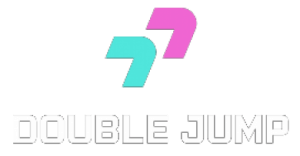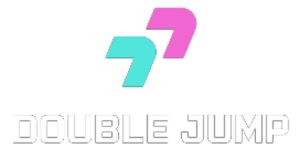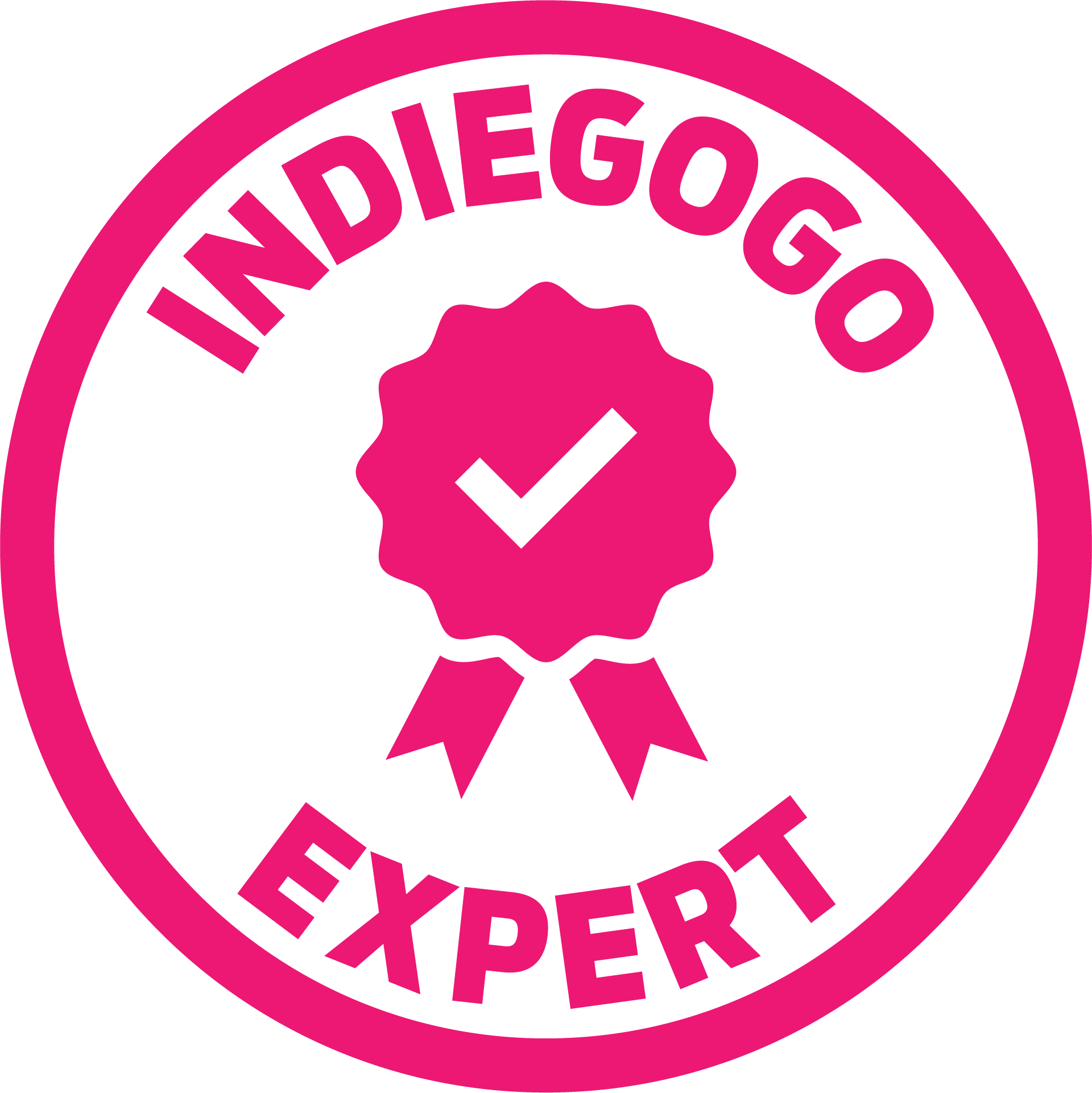Crowdfunding Platforms
Crowdfunding platforms are one of the most popular modern methods of raising capital. Crowdfunding allows individuals and organizations to acquire funds either through donations or equity investments without traditional financings such as banks or venture capitalists.
Considering how there are now hundreds of crowdfunding platforms in operation, it can be difficult to compare them side-by-side, as they all have their own unique features and fee structures. However, when it comes to their similarities, there are a few aspects that are considered universal for most crowdfunding platforms.
-
- Eligibility requirements based on company size, sector, and geographical location;
- Different funding models such as reward-based, equity, and debt-based;
- Various tools for authentication and verification purposes.
These aspects create a framework for people or organizations to successfully fundraise from a global audience.
Another similarity across all crowdfunding platforms is the degree of engagement created between fundraisers and supporters – participants have the ability to participate financially while also being exposed to high-impact projects.
Crowdfunding platform engagements transcend financial transactions because they involve followers who track progress and engage with content over an extended period which could lead potential backers to further engage with your project’s mission through other forms of support beyond providing finances.
While the concept of crowdfunding has been around long before the term was coined, the use of online portals like Kickstarter and GoFundMe has made it easier than ever for individuals, groups, companies, and organizations to reach a wide enough audience to make their projects take off.
Both Kickstarter and GoFundMe are two popular crowdfunding platforms to use if you’re looking to fund your project, but they each have their own unique features and restrictions.
Kickstarter and GoFundMe are both crowdfunding websites that enable individuals to raise funds for projects and causes. Both platforms have a donation-based crowdfunding structure where people can contribute money to help fund a project or cause.
Kickstarter vs GoFundMe: All or Nothing?
Kickstarter operates on an all-or-nothing system. This means that if you don’t reach your funding goal within the timeline, you do not receive any of the funds that were pledged by backers no matter how far you get to the goal. On a positive note, if you don’t reach your fundraising goal, the money is returned to the backers (so you don’t have to fulfill rewards), and there are no fees if your campaign does not succeed.
GoFundMe is different. Because it focuses on personal matters rather than products and startups, whatever money you raise on the platform you get to keep. However, fees remain the same whether you raise the full amount or only the partial amount. Donors will also expect the same results even if you don’t fund 100%.
Kickstarter vs GoFundMe: Fees
When you compare GoFundMe vs Kickstarter in terms of fees, GoFundMe charges 5% for each donation and a 3% processing fee for each donation in both USA and Canada.
Kickstarter charges a 5% fee of the total funds raised, plus a 3-5% payment processing fee from each pledge. However, they do not charge a fee if your campaign is unsuccessful.
Before deciding which platform is best for your project, it’s important to understand the differences between them so you can make an informed decision. This guide will provide you with a comprehensive overview of both crowdfunding options so you can decide which one is right for you.
-
- Kickstarter
- GoFundMe
What is Kickstarter?
Kickstarter is an online crowdfunding platform that has been in operation since 2009. It allows people to pool resources and ideas together in order to fund creative projects or initiatives.
Kickstarter: a platform that focuses on creative projects like art, music, film, etc. Funding is all or nothing and platform fees are fairly reasonable.
Fundraisers must be specific about the terms of their project, including their financial goals and the rewards supporters will receive. Projects must have a positive appeal and tangible end goal for them to be eligible for funding on Kickstarter.
Once a project has been created, it can be promoted across social media platforms or other avenues in order to drive traffic to its page and generate donations from individuals all around the world.
Kickstarter is specifically for creative projects in the following categories: Art, Comics, Crafts, Dance, Design, Fashion, Film & Video, Food, Games, Journalism, Music, Photography, Publishing, Technology, and Theater.
What is GoFundMe?
GoFundMe is a crowdfunding platform that allows people all over the world to raise money for anything from medical treatments to community projects to emergency relief. On GoFundMe, individuals can create fundraisers to appeal for help from family, friends, colleagues, and others in the online community.
GoFundMe: a crowdfunding platform designed for individuals and personal causes. No, all-or-nothing requirements and reasonable fees.
GoFundMe is mainly used to raise money for things like medical bills, educational expenses, memorials, volunteer trips, youth sports, and animals & pets. It focuses on more personal campaigns for those who need help or support.
Kickstarter vs GoFundMe: Pros and Cons
Kickstarter Pros
Name Recognition: Kickstarter is one of the largest crowdfunding platforms in the world, and as a result, it has excellent name recognition. Potential donors are likely to be familiar with the platform and will know how to use it.
All-or-Nothing Model: Since this platform operates on an all-or-nothing model (meaning you have to meet your goal before anything is released) backers can have confidence in donating because they know their contributions will only be taken if you meet your goal and successfully complete the project.
Resources: Kickstarter has some vital functionality other platforms don’t. For example, they provide subscription crowdfunding features and Kickstarter Live Events where you can interact with consumers and demo your product.
-
- Pledges to date are more than every other crowdfunding platform combined
- Backers on the site are looking for creative projects
- Offer resources to help you build the best project
Kickstarter Cons
Launching a successful Kickstarter campaign requires a lot of planning, commitment, and hard work. Despite its potential to help bring innovative ideas to life, there are downsides to using the platform as well. Making sure you have a full understanding of Kickstarter and its associated risks can help ensure your project is handled with caution and properly managed.
Some of the main cons associated with using Kickstarter can include:
No Flexible Funding: There’s no option for flexible funding for Kickstarter. It is truly an all-or-nothing platform. It can be a disappointment especially if you come really close to your goal.
Project Rules: It is easy for anyone who wants to launch a crowdfunding campaign on Kickstarter, your product must fit into a specific category. If it does not fit into a category or goes against a prohibited item on the platform, Kickstarter will not allow you to launch a campaign.
High Fees: You could be looking up to 8-10% in fees if the project is successful.
Competition: While Kickstarter brings credibility because it’s known, it also means more competition in a bigger marketplace. There are hundreds of projects looking to capture the attention of backers and it can be hard to stand out from the crowd.
GoFundMe Pros
GoFundMe is a personal crowdfunding platform that allows people to raise money for varied and multiple causes. Since 2010, it has been used to generate over $5 billion from more than 50 million donors worldwide.
GoFundMe offers an easy setup campaign process, is free, and open to most countries. This platform stands out because of its powerful social media integration; friends and families can easily share marketing campaigns with their networks, making fundraising a collective effort.
Some pros of GoFundMe include:
Funding Guaranteed: GoFundMe is the only platform that ensures that the money you donate goes where it suppose to go. If something isn’t right with the campaign that a backer chooses to fund, they will get their money back. The platform works hard to make sure that each donation is received by the correct people. There are restrictions and requirements that apply.
Receive Funds Quickly: GoFundMe works hard to make sure that communities and families receive their support quickly. Most crowdfunding campaigns will be able to withdraw their funds almost immediately once they come through the donation page. However, there may be a hold of funds that can last 7 to 30 days. This might be the case for fundraisers that have a large amount of money.
Fundraising Tools: GoFundMe provides useful tools for those trying to raise funds including integrations with Facebook and a mobile app.
0% Platform Fee: You are not charged a platform fee when you create a campaign. This also applies to US, Canadian, and United Kingdom currencies. There is a standard transaction fee of 2.9% plus $0.30 that applies to credit and debit card donations. This is still very low compared to other crowdfunding sites.
-
- No deadlines or goal limits
- 5-minute support guarantee
- Optimized for sharing
- Personal causes are encouraged
GoFundMe Cons
GoFundMe is a powerful fundraising platform, but with that power comes some disadvantages. Below are some of the downsides to using GoFundMe to raise money:
Transaction fees: GoFundMe transaction fees can be up to 8% per donation.
Payment delays: Depending on your payment processor (i.e PayPal or WePay), payments can take up to 7 days to 30 days before being made available for use by campaigners via their GoFundMe account dashboard.
Limited Customer Service: There are limited customer service options available. There is no way to contact GoFundMe by phone or in person if you have an issue.
Not Supported In All Countries: Currently, GoFundMe can be started in only 19 countries, most of them in Europe or North America.
Conclusion
In conclusion, both Kickstarter and GoFundMe have pros and cons. The right one for you will depend on your fundraising goals, budget, timeline, and the rewards or incentives you plan to offer.
If you’re looking for an all-or-nothing fundraising platform with low transaction fees, a built-in customer base, and some good organizational tools then Kickstarter is a great choice.
If you’re looking for a flexible platform with no deadlines, no set funding goals, and rewards or incentives are not foremost in your donations program then GoFundMe is the better option.
Ultimately you need to assess all the factors to determine which crowdfunding platform best suits your needs. These factors include:
-
- Fundraising Goals
- Project Type
- Budget
- Timeline
- Rewards or Incentives
follow us on instagram @DOUBLEJUMPMEDIA



